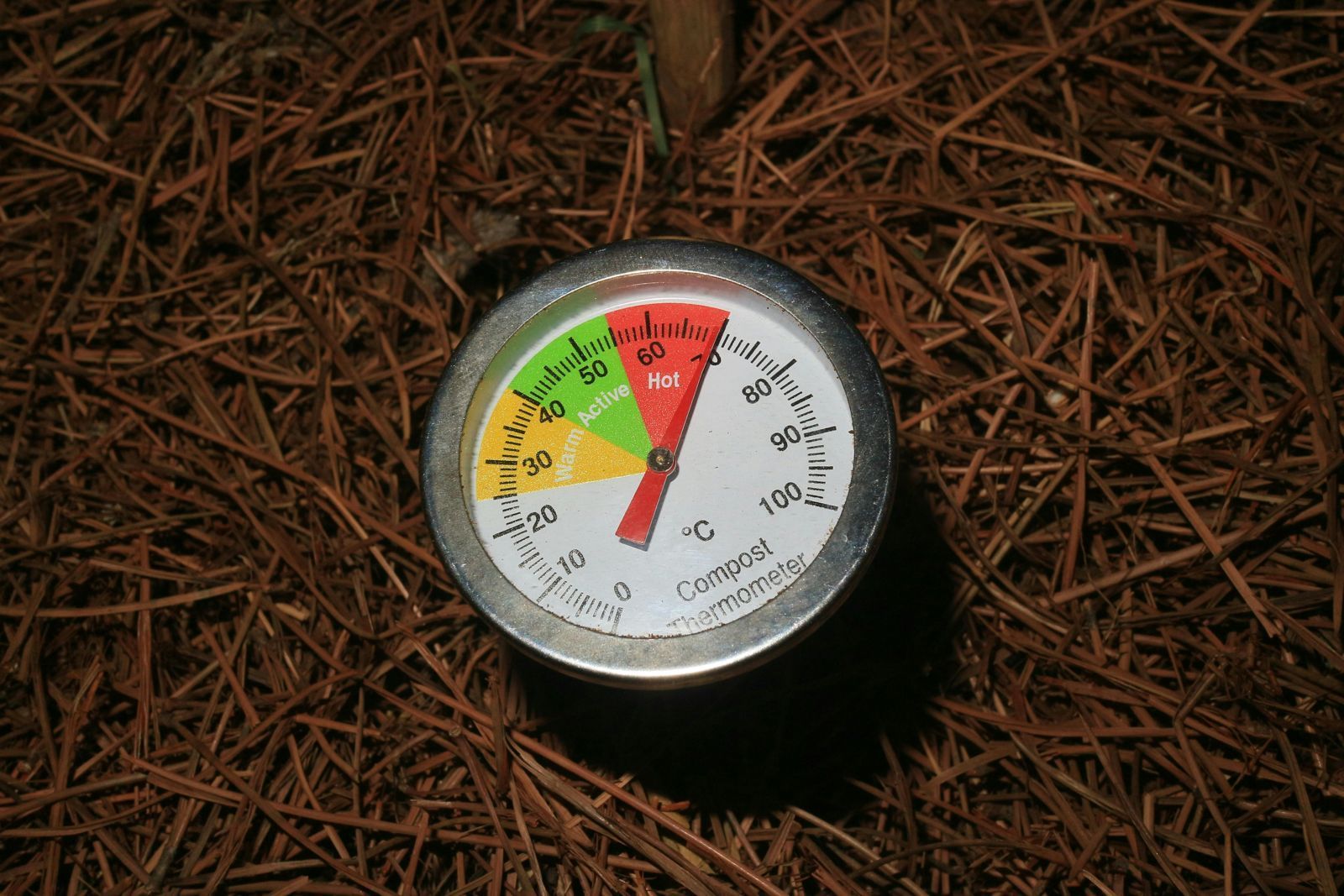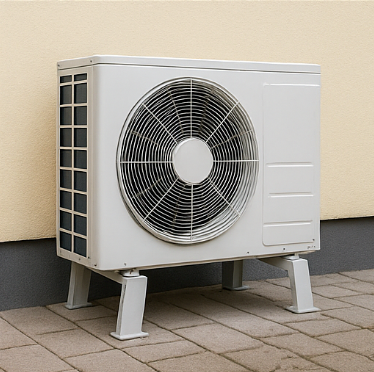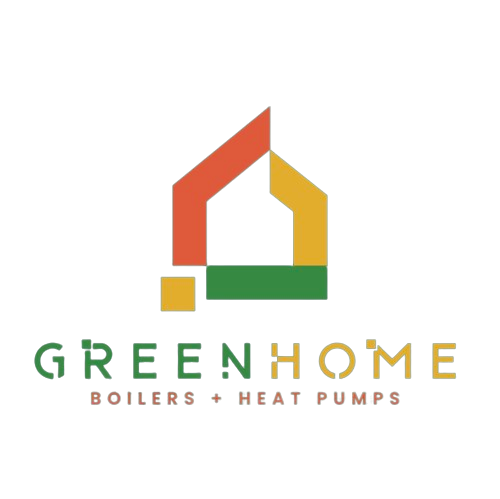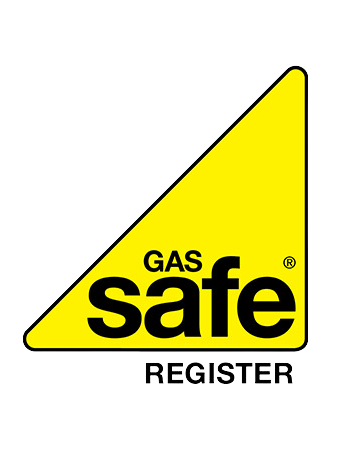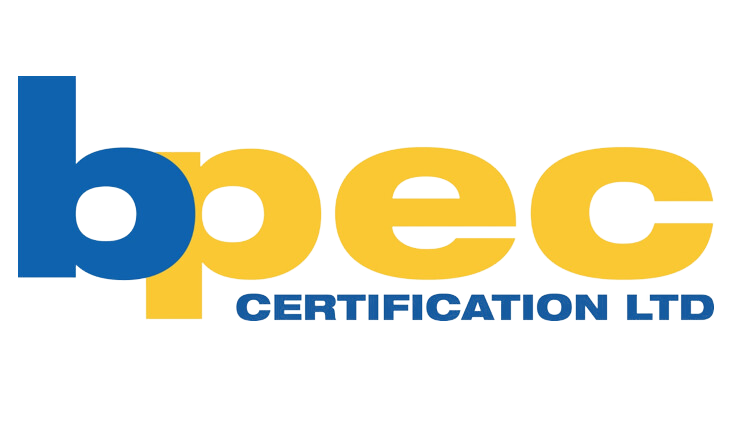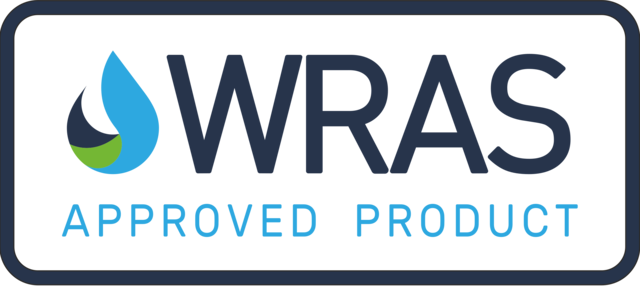Maximise Energy Efficiency: Proper Buffer Tank Sizing for Heat Pumps
How Wind Affects Heat Pump Operation
Air source heat pumps extract thermal energy from outdoor air and transfer it inside your home.
Wind can significantly influence this process, affecting both efficiency and overall performance. When strong
winds blow directly onto a heat pump, they can disrupt the standard airflow patterns around the unit, potentially reducing its ability to operate effectively.
The Positive Effects of Gentle Air Movement
Interestingly, mild
wind conditions can improve
heat pump performance in certain situations. A gentle breeze can help prevent the formation of cold air pockets around the outdoor unit, bringing fresh air to the heat exchanger. This continuous ambient air supply can improve heat transfer efficiency, especially during defrost cycles when the unit needs to shed ice buildup.
When Strong Winds Become Problematic
However, intense or gusty
winds pose several challenges. High-speed
wind can cause rapid temperature fluctuations around the unit, forcing the system to work harder to maintain consistent heating. Additionally, powerful
winds may drive rain or snow directly into the heat pump’s external components, potentially leading to mechanical stress and reduced lifespan.
Practical Solutions for Wind Protection
Strategic placement of your
air source heat pump is crucial for managing
wind effects. Installing the unit on the leeward side of your home (opposite the prevailing
wind direction) provides natural shelter. For existing installations, consider adding an adequately designed windbreak or barrier shielding the unit while allowing sufficient airflow for proper functioning.
Optimising Performance in All Weather Conditions
Modern
heat pumps include features to mitigate adverse
wind effects, such as variable-speed fans and sophisticated defrost cycles.
Regular maintenance becomes even more critical in windy locations, as debris can accumulate more quickly around the unit. Ensuring proper clearance around your heat pump and keeping the area free from leaves and other materials helps maintain optimal performance regardless of
wind conditions.


